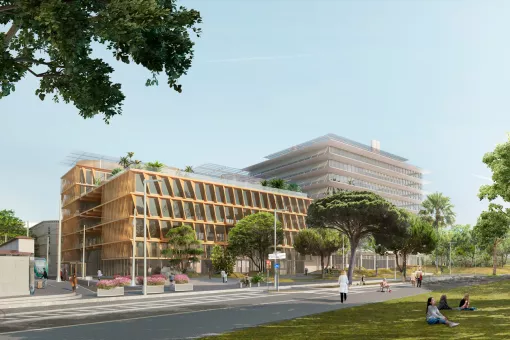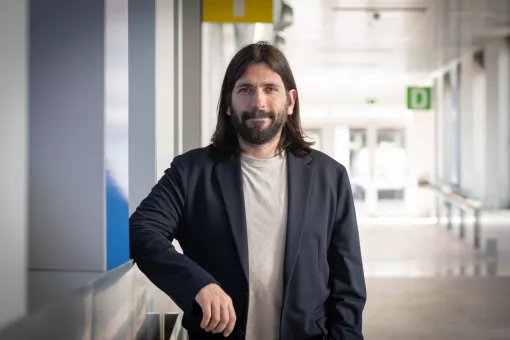Tuberculosis is one of the major health threats worldwide. Every year more than 2 million people die from this infectious disease, which is caused by Mycobacterium tuberculosis. The lack of effectiveness of drug treatments because of the appearance of strains that show multi-resistance to new drugs has made tuberculosis a focus of international research to define new therapeutic tools against this disease.
The project NOstress (Unravelling the molecular mechanism of nitrosative stress resistance in tuberculosis), included in the health section of the 7th Framework Programme of the European Union and coordinated at international level by professor Javier Luque at the Dept. Of Physical Chemistry at the University of Barcelona, seeks to design new treatments to combat tuberculosis, a disease with a particularly high incidence in Asia and Africa. The teams headed by the following scientists participate in the project: Ignasi Fita, at the Institute for Research in Biomedicine (IRB Barcelona) and also a researcher with CSIC; Kanak Dikshit, at the Institute of Microbial Technology, India; Darío Estrín, at the University of Buenos Aires, Argentina; and Robert K. Poole, at the University of Sheffield, UK.
NOstress aims to identify the molecular bases of the nitrosative stress resistance shown by M. tuberculosis, that is to say, to the excessive formation of the free radical nitric oxide (NO). This molecule, which shows antibacterial activity, is one of the factors of the immunological system that reduces the growth of M. tuberculosi and it is produced by macrophages during the initial stages of infection.
It has been known for some time that M. tuberculosis has a resistance mechanism that allows it to escape the toxic effects of NO. The mycobacteria can remain in a latent state in response to the NO produced by macrophages during infection and reactivate to become infectious years later. Data suggest that the truncated haemoglobin N (trHbN) of M. tuberculosis has a key role in NO detoxification. Understanding how this mechanism works in M. tuberculosis is crucial in the fight against tuberculosis.
Ignasi Fita’s team will attempt to identify molecular mechanisms that affect the activity of NO dioxygenase of the truncated haemoglobin N of M. tuberculosis and that lead to the reestablishment of the ferrous state necessary to start the detoxification cycle. For this purpose, they will use atomic structural resolution techniques such as X-rays to determine differences between the structure and function of the truncated haemoglobin N of M. tuberculosis and those of homologues.
Once the detoxification mechanism ahs been resolved, the final goal of the NOstress project is to apply this knowledge to identify possible strategies for therapeutic intervention. Luque explains, “we seek to design a protocol to modulate this process by means of small molecules that can intervene in the process and act as the basis for innovative strategies to fight against tuberculosis”.
About IRB Barcelona
The Institute for Research in Biomedicine (IRB Barcelona) pursues a society free of disease. To this end, it conducts multidisciplinary research of excellence to cure cancer and other diseases linked to ageing. It establishes technology transfer agreements with the pharmaceutical industry and major hospitals to bring research results closer to society, and organises a range of science outreach activities to engage the public in an open dialogue. IRB Barcelona is an international centre that hosts 400 researchers and more than 30 nationalities. Recognised as a Severo Ochoa Centre of Excellence since 2011, IRB Barcelona is a CERCA centre and member of the Barcelona Institute of Science and Technology (BIST).




